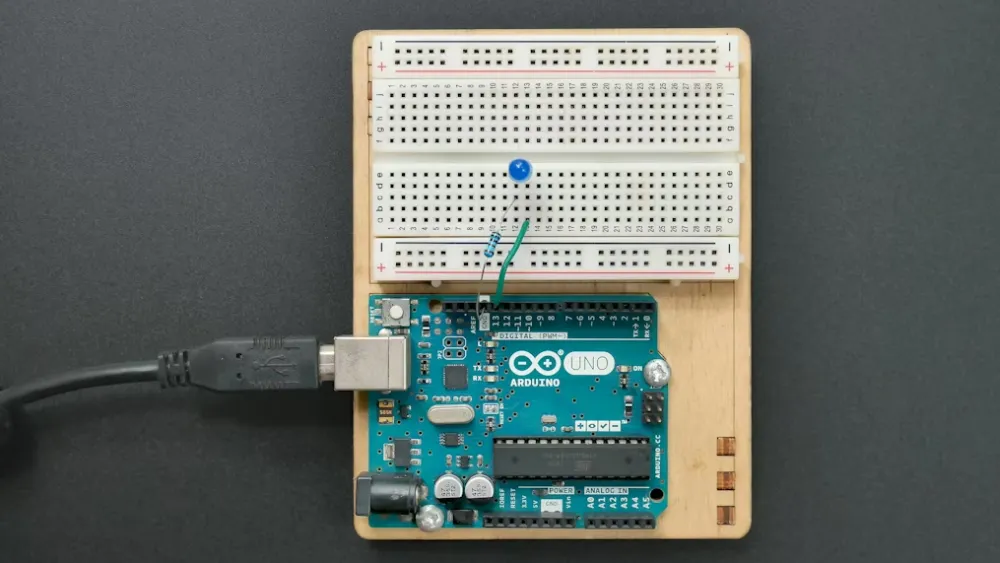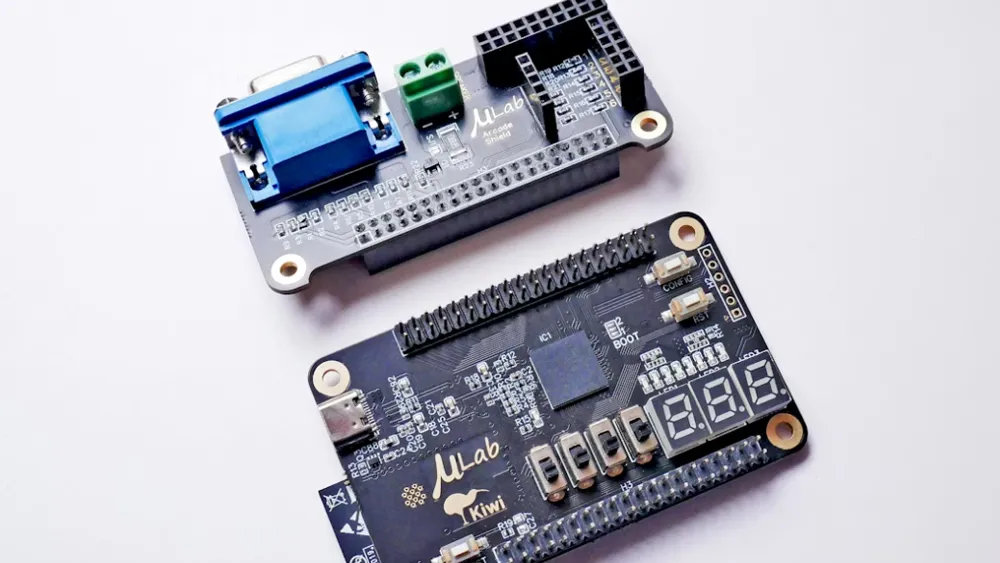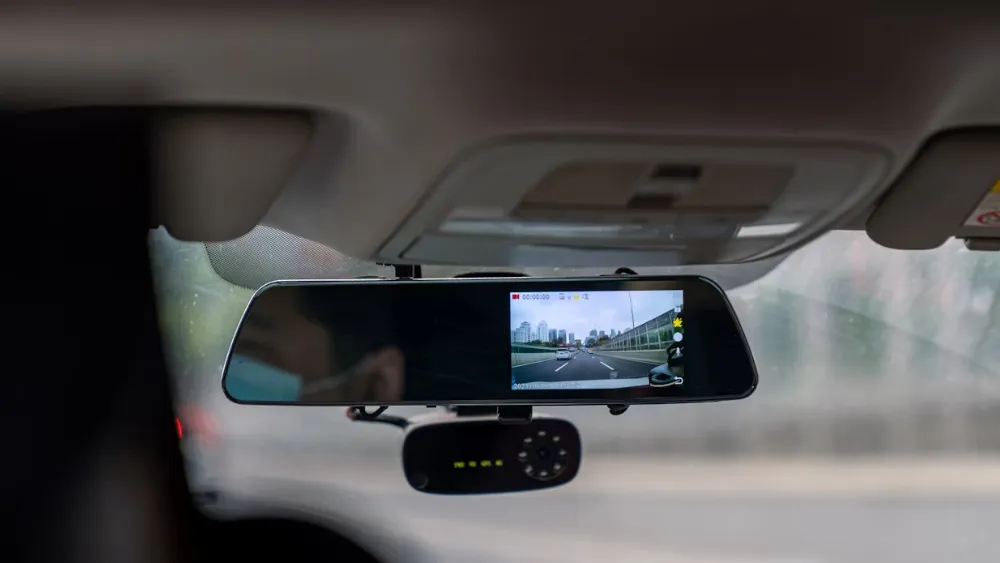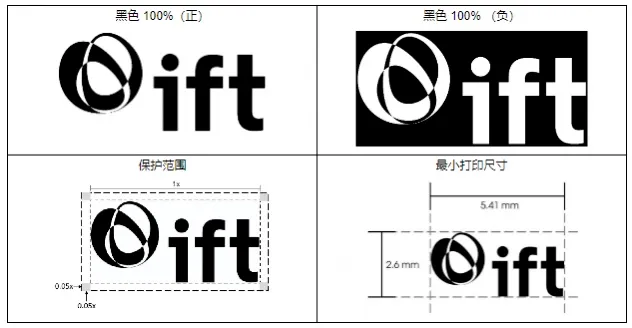
What is LFGB Certification?
Introduction to LFGB Certification
LFGB (Lebensmittel- und Futtermittelgesetzbuch) is the German Food and Commodities Act. Products that come into contact with food must obtain LFGB approval before entering the German market. Food-contact material products sold in Germany must meet the relevant testing requirements and obtain an LFGB Test Report.
Although LFGB is a German standard, it is highly recognized across Europe. Even though the EU has its own regULations for food-contact materials, European customers generally place more trust in LFGB. In practice, most clients specifically request LFGB test reports instead of EU food-grade reports. Therefore, if your product falls within the scope of food-grade testing and is intended for export to the EU, lfgb certification is the most reliable choice.

Which Products Require LFGB?
Tableware: bowls, cups, knives, forks, spoons, pots, plates, dishes, chopsticks, trays, napkins, straws, etc.
Cookware: knives, pans, spatulas, basins, peelers, barbecue grills/forks, etc.
Kitchen Appliances: juicers, soy milk makers, coffee machines, kettles, ovens, MICrowaves, rice cookers, sterilizers, dishwashers, blenders, toasters, range hoods, gas stoves, induction cookers, etc.
Food Packaging Materials: cling film, storage bags, food containers, jars, spice bottles, sealed containers, tablecloths, paper, etc.
Children’s Products: baby bottles, pacifiers, teethers, insulated cups, bottle warmers, baby food processors, etc.
Newly Developed Products: such as chrome plating on grills, heat-resistance testing of Teflon-coated pans, silicone sealing rings in kettles, etc.
What Does LFGB Testing Include?
LFGB testing generally covers the following aspects, depending on the material type:
1. General Plastics: overall migration tests and sensory tests.
2. PVC Plastics: overall migration, peroxide value, and sensory tests.
3. PE Plastics: overall migration, peroxide value, chromium/vanadium/zirconium content, and sensory tests.
4. PS, ABS, SAN, Acrylic Plastics: peroxide value, overall migration, total volatile organic compounds (VOM), and sensory tests.
5. PA, PU Plastics: overall migration, peroxide value, aromatic amine migration, and sensory tests.
6. PET Plastics: overall migration, zinc and lead content, peroxide value, and sensory tests.
7. Silicone Rubber Products: multiple migration tests, VOM, peroxide value, organic tin compounds, and sensory tests.
8. Rubber Products: migration tests, formaldehyde release, zinc/lead content, aromatic amine migration, nitrosamine content, and sensory tests.
9. Paper Products (PCP): pentachlorophenol test, heavy metal release (Pb, Cd, Hg, Cr VI), antibacterial component migration, formaldehyde and glyoxal release, azo dye testing (for coloRED paper).
10. Non-stick Coated Products (e.g., frying pans): aromatic amine release, multiple migration tests, phenol release, formaldehyde release, chromium (VI & III) release, PFOA, and sensory tests.
11. Metals, Alloys, and Plated Products: heavy metal release (Pb, Cd, Cr, Ni) and sensory tests.
12. PP Plastics: overall migration, chromium/vanadium/zirconium content, and sensory tests.
13. Baking Paper: appearance, heat resistance, antibacterial component migration, Pcb testing, formaldehyde release, and sensory tests.
14. Wood Products: pentachlorophenol test, formaldehyde release, and sensory tests.
15. Ceramic, Glass, and Enamel Products (food-contact parts): lead and cadmium release, rim release tests (for cups), and sensory tests.
Key Features of LFGB Testing
The major difference between LFGB and other food-grade tests is that LFGB has stricter and more comprehensive requirements for plastic products. Different categories of plastics—such as PC, PVC, and PE—are tested under different standards, leading to more precise and standardized results.
Additionally, LFGB requires Section 30 & 31 Sensory Testing, which focuses on smell and taste. Because LFGB testing is stricter than many other international standards, LFGB test reports are widely recognized and accepted in other countries as well.
Email:hello@jjrlab.com
Write your message here and send it to us
 Global Cyber Security Compliance for Connected Pro
Global Cyber Security Compliance for Connected Pro
 What Certifications for Exporting Monitors to Euro
What Certifications for Exporting Monitors to Euro
 Bluetooth Headphones Exported to Australia Certifi
Bluetooth Headphones Exported to Australia Certifi
 What Certifications for Router Products Exported t
What Certifications for Router Products Exported t
 TIC (Power Bank UL 2056, Portable Power Station UL
TIC (Power Bank UL 2056, Portable Power Station UL
 How to get EN 18031 Certification for Wireless Pro
How to get EN 18031 Certification for Wireless Pro
 PSE, TELEC and VCCI Compliance for Cameras Exporte
PSE, TELEC and VCCI Compliance for Cameras Exporte
 NOM & IFT Compliance for Audio Equipment Expor
NOM & IFT Compliance for Audio Equipment Expor
Leave us a message
24-hour online customer service at any time to respond, so that you worry!




